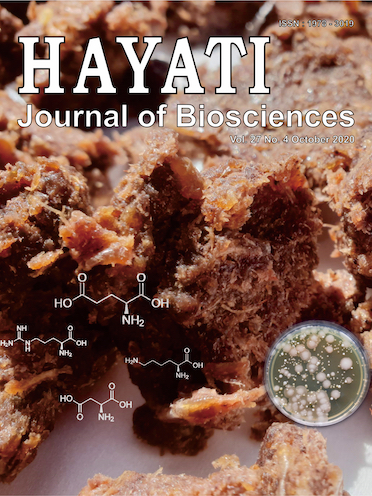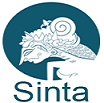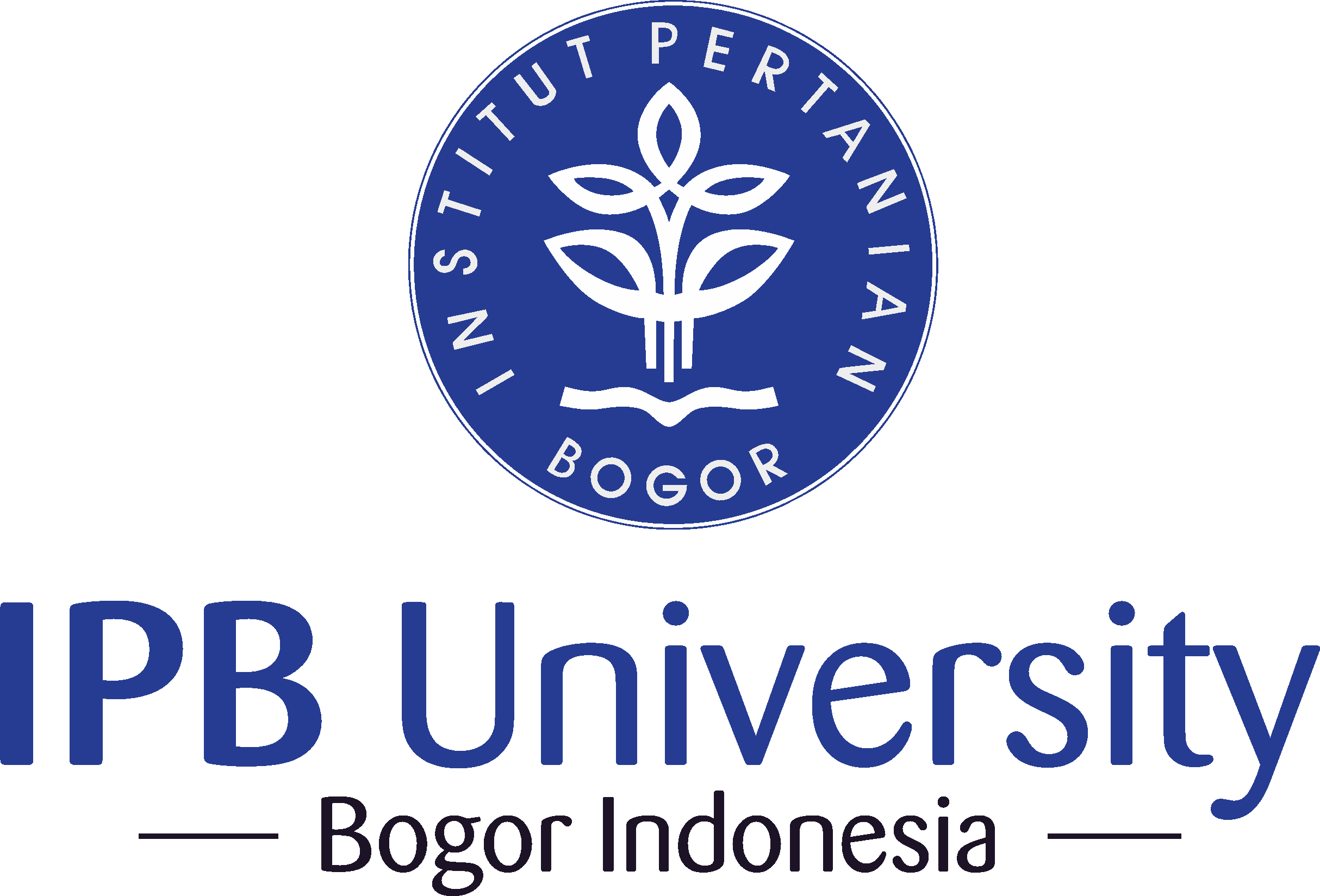The Genetic Structure of Nilaparvata lugens (Stal.) in Java Populations
Abstract
The brown planthopper Nilaparvata lugens (Stal.) causes hopperburn in the rice field. The wing macropterous adults of this insect have capability for long distance flight. We aimed to analyze the genetic structure of six N. lugens populations in Java inferred from the combined COI-COII mitochondrial and ten loci of microsatellites markers. This study found low levels of nucleotides and high levels of haplotype diversity of the planthopper. The demographic test might indicate the genetic bottleneck history of N. lugens population in Java. The genetic diversity analyzed by using microsatellite markers also showed high levels of heterozygosity (Ho>He) that indicated an isolated-breaking effect in the six populations in Java. Moreover, we found a homogenous genetic structure of N. lugens based on pairwise fixation indices (Fst) analyzes that appears to be maintained by high levels of gene flow and showed no correlation between genetic and geographical distance. Importantly, these studies also support accurate information of widely distributed and genetically intermixed among N. lugens across Asia populations. Thus, our results support the theory of long-distance migration among N. lugenspopulations. The genetic structure information of N. lugens in Java could support regional management, such as the new controlling strategies based on forecasting systems.
Downloads
HAYATI J Biosci is an open access journal and the article's license is CC-BY-NC. This license lets others distribute, remix, tweak, and build upon author's work, as long as they credit the original creation. Authors retain copyright and grant the journal/publisher non exclusive publishing rights with the work simultaneously licensed under a https://creativecommons.org/

























.png) IPB University
IPB University Department of Biology
Department of Biology The Indonesian Biological Society
The Indonesian Biological Society 

